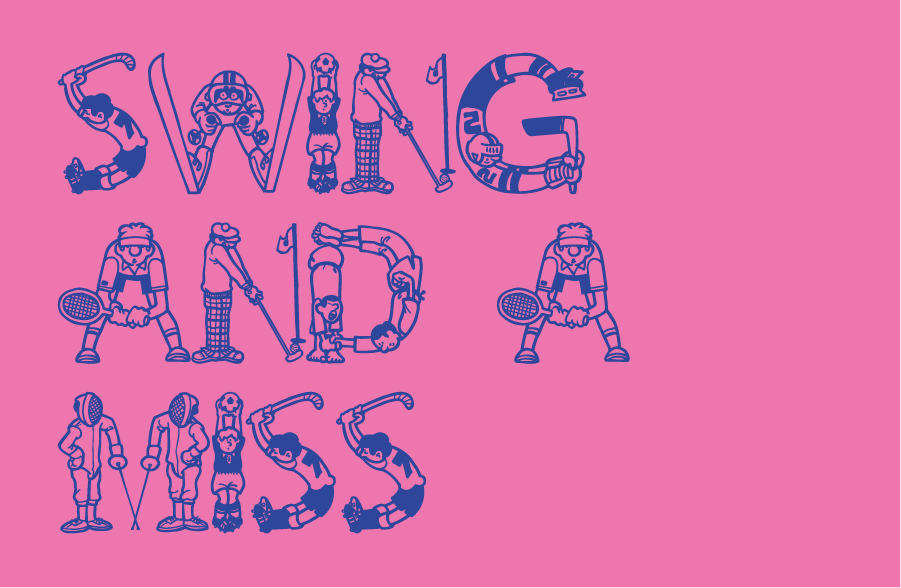Swing and a Miss
Ping-pong: it’s racket science
Photo by Marisa Valdez
It is a universally accepted truth that everyone loves ping-pong. It’s a human tradition, dating back all the way to when the cavepeople played the historic first ping-pong match against the dinosaurs. Obviously, the humans won and the dinosaurs were banished from the Earth.
The tyrannosaurus rex wasn’t built for ping-pong: its arms are much too short. In the last minutes of the game, the t-rex, as everyone knows, switched the paddle to its mouth for wider mobility. But it was too late — the caveman table tennis champion, Unga Galunga, had already smacked the rock-ball out of the t-rex’s reach.
To this day, t-rex fossils quake with fear if you approach them with a ping-pong racket.
Just kidding! Maybe. Table tennis — or ping-pong, or whiff-whaff (that’s not even a joke, they call it that) — regained popularity. It developed in England in the late 1800s as some light after-dinner entertainment, like tennis, but inside, on a table. Thus, table tennis was born (I like my version better).
Ping-pong was legitimized as a sport at the 1988 Olympic games, and has proven itself time and time again by being one of the most popular sports in the world. I myself dabbled in ping-pong as a kid, though it usually just involved my siblings pelting me with the balls to see if they could leave a mark.
On its surface, table tennis seems simple, but it’s an intricately strategized game. Players develop unique play styles that can lean offensive or defensive, and choose varying racket grips according to personal preference and play style.
Many people would just hold the racket like a bat, this is called the shakehand grip — because your fist looks like it could be shaking a hand. Often more popular though, is the penhold grip — where the racket handle is held like a pen and the racket face is basically held downwards.
Additionally, there are multiple kinds of rubber for racket faces that each affect how the racket hits the ball. Ball-spin, ball-speed, control, accuracy and about a hundred other factors all go into the player’s decision for which rubber to use for each side of the paddle.
Also, there’s a couple different types of glues used to stick the rubber on and they all do different things too. And the racket is made of layers of either wood or synthetic material and each layer also affects how the racket performs.
Basically, the ping-pong paddle world is crazy, and you should watch this lovely video where this guy who kinda looks like Mark Zuckerberg makes sure a paddle is regulation-approved. You will fall asleep, but it’s actually pretty interesting.
There are 10 players in the history of the sport to win a Grand Slam — winning singles at the Olympics, the World Championships and the World Cup. It’s split evenly between men and women players — five of each. Nine of the players represented China, and the other, Jan-Ove Waldner, is Swedish.
Of course, most readers of this column (there has to be at least one) are probably playing cup pong more than ping-pong. But next time you’re having fun recreating with your friends, clear those cups of water away, pull out your regulation-approved paddles and play the best game ever. Your caveman ancestors — and Forrest Gump — would be proud.
DeLapp can be reached at [email protected]u.

Thomas DeLapp is a fourth-year English and journalism student, and this is his fifth semester on staff. He loves oxford commas and loathes AP style for taking them away from him.

